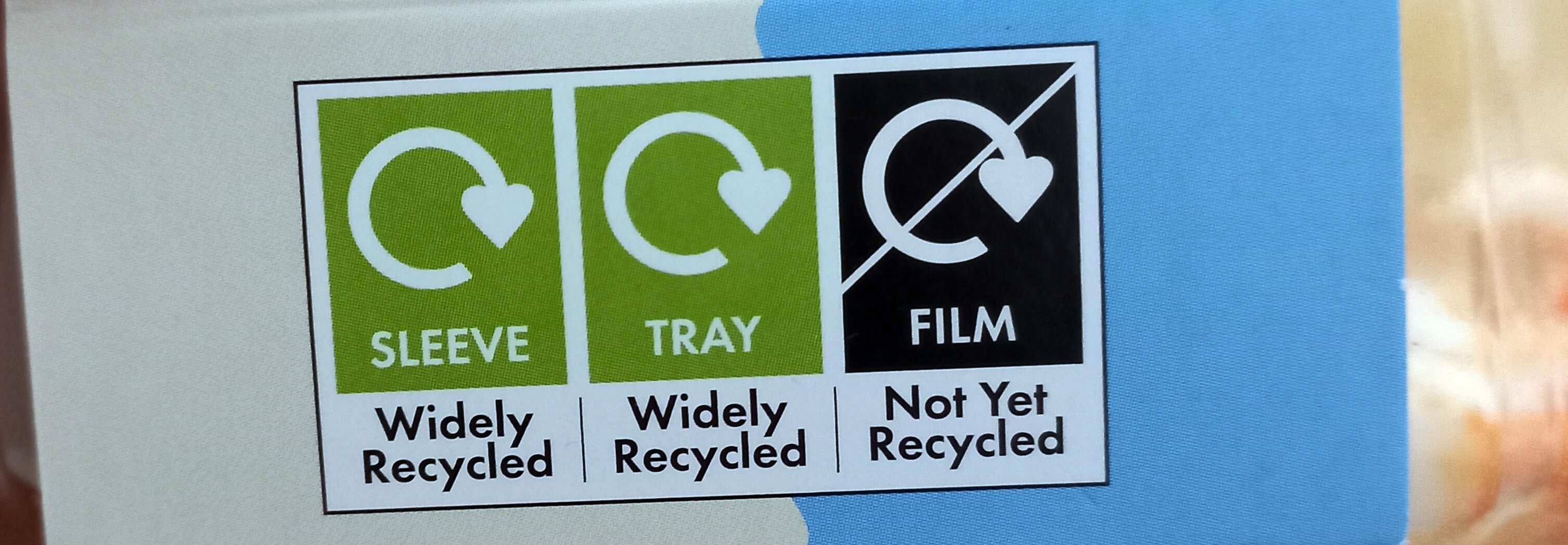Plant-based shrimpiee - Happiee! - 180g
This product page is not complete. You can help to complete it by editing it and adding more data from the photos we have, or by taking more photos using the app for Android or iPhone/iPad. Thank you!
×
Barcode: 5070002344773 (EAN / EAN-13)
Common name: Plant-based shrimp flavoured bites made with tapioca starch and konjac
Quantity: 180g
Brands: Happiee!
Categories: Meat alternatives, Meat analogues, Fish analogues
Labels, certifications, awards: Vegetarian, No artificial flavors, No artificial preservatives, No GMOs, Source of fibre, Vegan, Low saturated fat, No artificial colors, No artificial colours or flavours
Link to the product page on the official site of the producer: https://happiee.co.uk/products/shrimpiee...
Stores: Tesco
Countries where sold: United Kingdom
Matching with your preferences
Report a problem
Data sources
Product added on by alia
Last edit of product page on by moon-rabbit.
Product page also edited by roboto-app.












